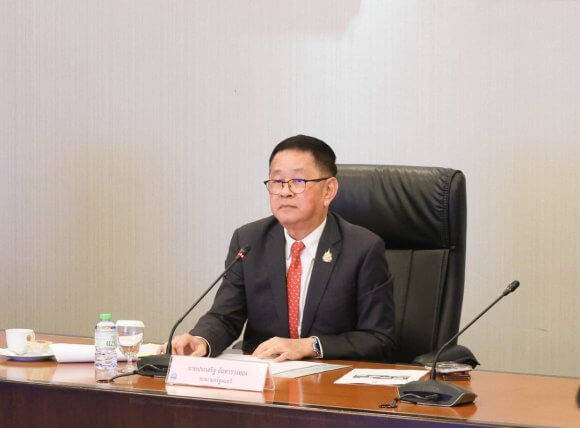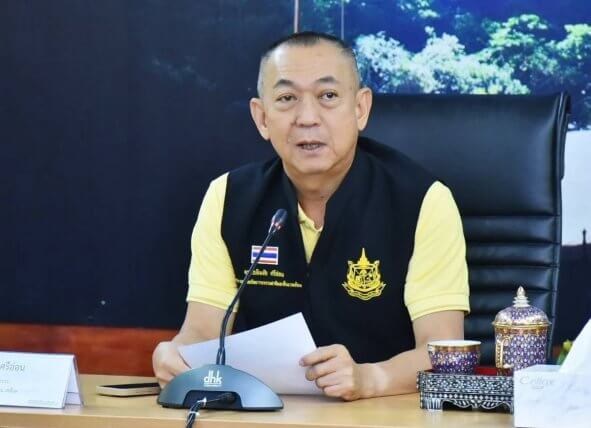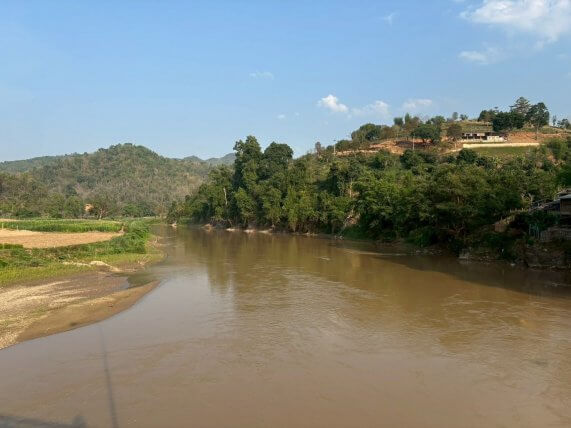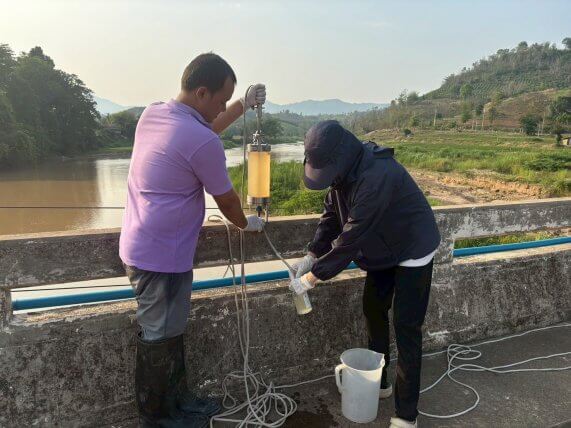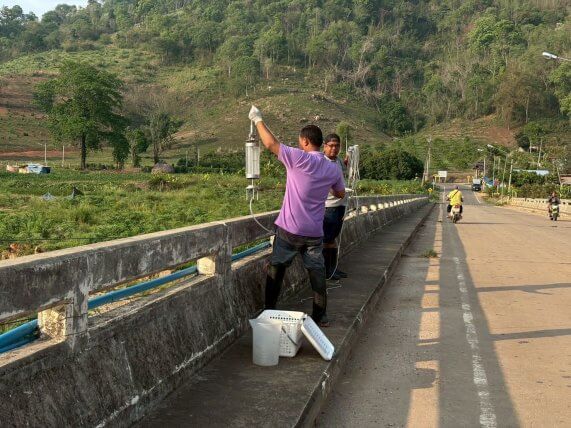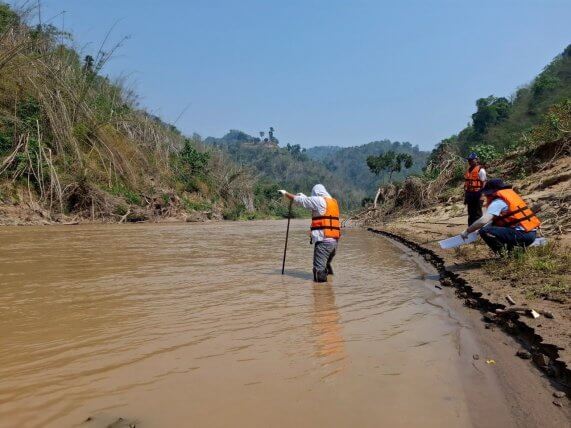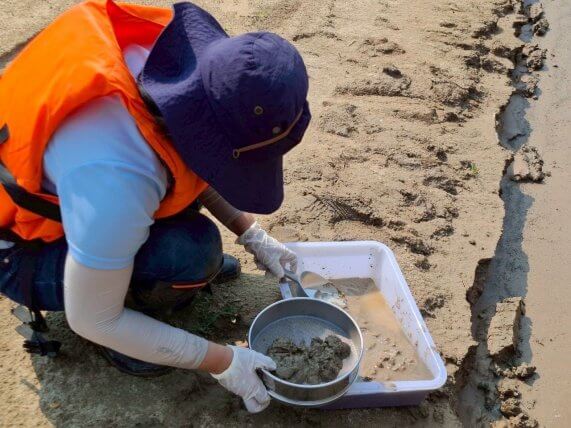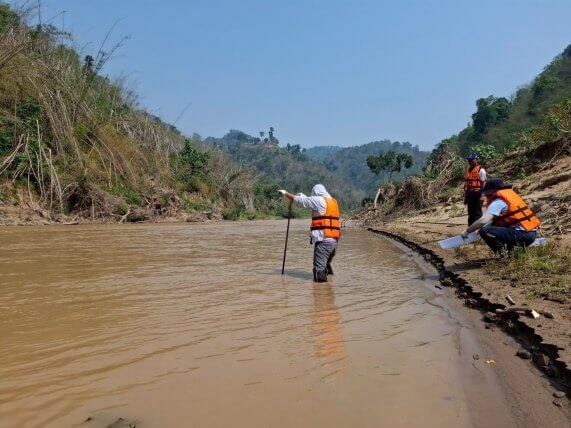
Dr. Chalermchai Sri-on, Minister of Natural Resources and Environment, revealed that due to the unusual turbidity in the Kok River and the detection of arsenic contamination exceeding standard levels, there have been multifaceted impacts on the environment, public health, and local economies particularly affecting water usage for consumption and daily life in Chiang Mai and Chiang Rai provinces since March 2025.
Mr. Prasert Chanthararuangthong, Deputy Prime Minister, has assigned the Ministry of Natural Resources and Environment (MNRE) to urgently address the issue. A meeting was held with 17 relevant agencies to monitor the situation and propose solutions. Orders were issued for the Ministry of Defence, Ministry of Foreign Affairs, and the Office of the National Water Resources to use diplomatic and military cooperation mechanisms, particularly through the Upper Mekong River Basin framework, to coordinate with neighboring countries in controlling pollution sources. The Ministry of Higher Education, Science, Research and Innovation has been assigned to utilize satellite innovation and geospatial technology to identify the sources of contamination and address the problem at its root. The Ministry of Interior has been assigned to ensure the provision of water for consumption to alleviate public hardship, as well as to communicate, disseminate information, and raise public awareness to prevent panic. The Ministry of Natural Resources and Environment has been tasked with monitoring and analyzing contamination in the Kok River and its tributaries. The Ministry of Agriculture and Cooperatives has been assigned to inspect contamination in aquatic animals. The Ministry of Public Health has been tasked with monitoring the accumulation of contaminants in the human body.
The results of tap water quality testing conducted by the Provincial Waterworks Authority and the Department of Health, along with aquatic animal testing by the Department of Fisheries, found no health risks to residents in Chiang Mai and Chiang Rai. These findings are consistent with urine sample analyses from local residents, which detected no contamination.
In addition, the National Environment Board passed a resolution on 6 May 2025 to establish a subcommittee to drive efforts to resolve surface water quality issues. The subcommittee is chaired by the Deputy Prime Minister (Mr. Prasert Chanthararuangthong), with the Minister of Natural Resources and Environment and the Deputy Minister of Interior (Ms. Theerarat Samrejvanich) serving as vice chairs. A total of 29 relevant agencies have been appointed as subcommittee members to analyze the situation, identify the problems and causes affecting water sources, formulate remedial measures, alleviate public hardship, and conduct international negotiations to control transboundary sources of pollution.
The water quality inspection in April 2025 revealed arsenic contamination specifically in the Kok River, while no contamination was detected in its tributaries. In response, the Ministry of Natural Resources and Environment, through the Pollution Control Department, has increased the frequency of water quality monitoring to twice a month. Meanwhile, the Department of Water Resources is monitoring contaminated areas by managing the opening and closing of water gates and preparing machinery to prevent overflow into the tributaries. As part of the urgent measures being implemented, diplomatic and military cooperation mechanisms are being employed to negotiate solutions with neighboring countries. The Ministry of Natural Resources and Environment has coordinated with the Department of Border Affairs to support environmental quality data and with the Geo-Informatics and Space Technology Development Agency (GISTDA) to obtain satellite imagery for identifying the sources of contamination.

